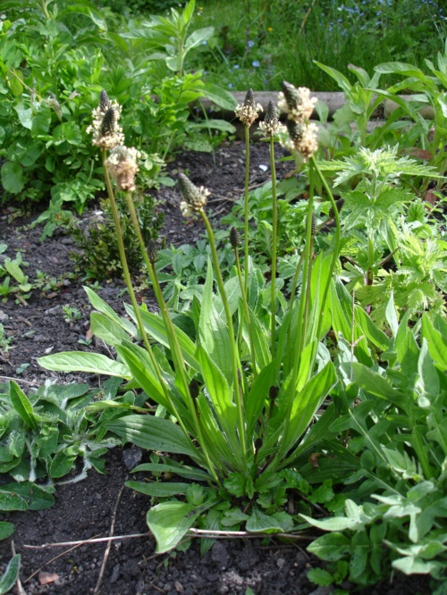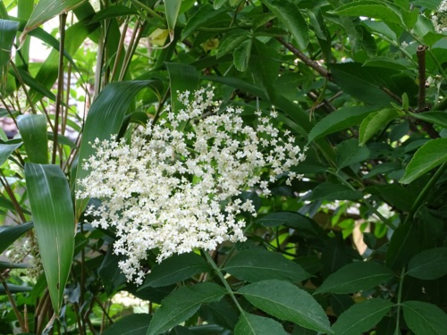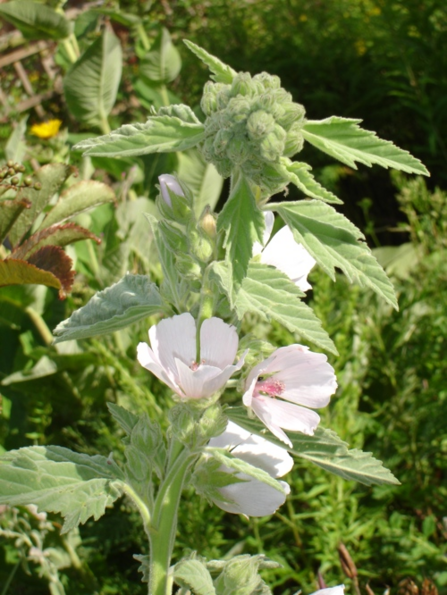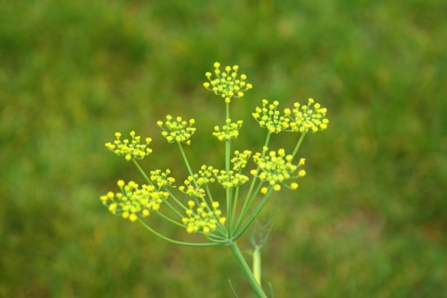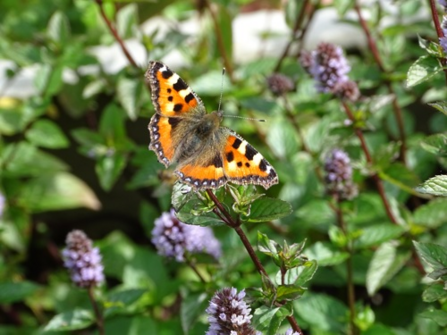Guest blog written by Christina Stapley
The role of herbs has always been to enhance the quality of life. This may be experienced through the joy of walking through sunny wildflower meadows watching the bees and butterflies on the plants, or breathing in the calming scents of woodland trees. Simply while working in your garden or as a volunteer in the countryside the perfumes and beauty of herbs can lift your mood.
Some have particular talents offering harvests for use as flavourings and vitamin and mineral packed seasonings, cosmetics, fragrances for the home, and/or medicines to prevent and treat illness. In the countryside many treasures can be overlooked by walkers, even trodden down in the case of broad-leaved plantain which loves to grow in paths. Both this plantain and the ribwort, more likely to be found in a field or verge are great as first aid plants for bites and stings, sprains, blisters and bruising. For immediate use they can be washed, chewed or pounded and applied. Taken home first they might be made into a poultice with boiling water or added to a cold compress, depending on the problem.


